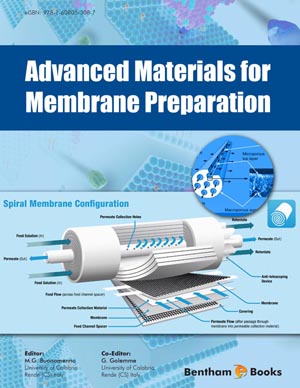Abstract
SHS investigation development is considered from the geographical and historical viewpoint. 3 stages are described. Within Stage 1 the work was carried out in the Department of the Institute of Chemical Physics in Chernogolovka where the scientific discovery had been made. At Stage 2 the interest to SHS arose in different cities and towns of the former USSR. Within Stage 3 SHS entered the international scene. Now SHS processes and products are being studied in more than 50 countries.
Abstract
Perfluoropolymers are characterized by outstanding chemical, thermal and solvent resistance, therefore they represent natural candidates for demanding environments. In membrane separations and electrochemical processes perfluoropolymers enable substantial cost reductions, energy savings and environmental benefits. This contribution is aimed at giving an overview of the materials chemistry of perfluoropolymer membranes currently used in gas and vapour separations, in the chlor-alkali industry and in fuel cells, and on the perspectives for new challenging applications.
Glassy amorphous perfluoropolymers with a large spectrum of permeability and selectivity - Teflon AF, Hyflon AD, Cytop - are applied today in gas and vapor separation and in membrane contactors. Their use in petrochemistry instead of energy intensive unit operations and for process intensification is hindered by the polymer permeability - selectivity trade-off. Mixed matrix or hybrid polymer - filler membranes are in principle able to overcome this limitation. Examples are given of the opportunities offered by such hybrid membranes.
Polyperfluorosulfonic acids (Nafion, Hyflon Ion, 3M and the like) are today the materials of choice for low temperature fuel cells, but modest durability, low performances and high costs limit their use in niche applications. At medium temperatures - 90-160°C - Nafion loses water, proton conductivity and mechanical resistance, and degrades irreversibly from 110°C on. Several research strategies, such as better polymers, compounding with fillers, alternative proton conducting systems, scaffolds and reinforcements, have improved this picture in the last years, but have not found a viable solution yet for the huge automotive market. A combination of the incremental progress achieved by each of these strategies holds promise to find a solution.
Keywords:
Hyflon AD, Teflon AF, Cytop, Polyperfluorosulfonic acids, mixed matrix membranes, gas and vapor separation, electrochemical processes.
Recommended Chapters
We recommend

Authors:Bentham Science Books


 Download PDF Flyer
Download PDF Flyer



